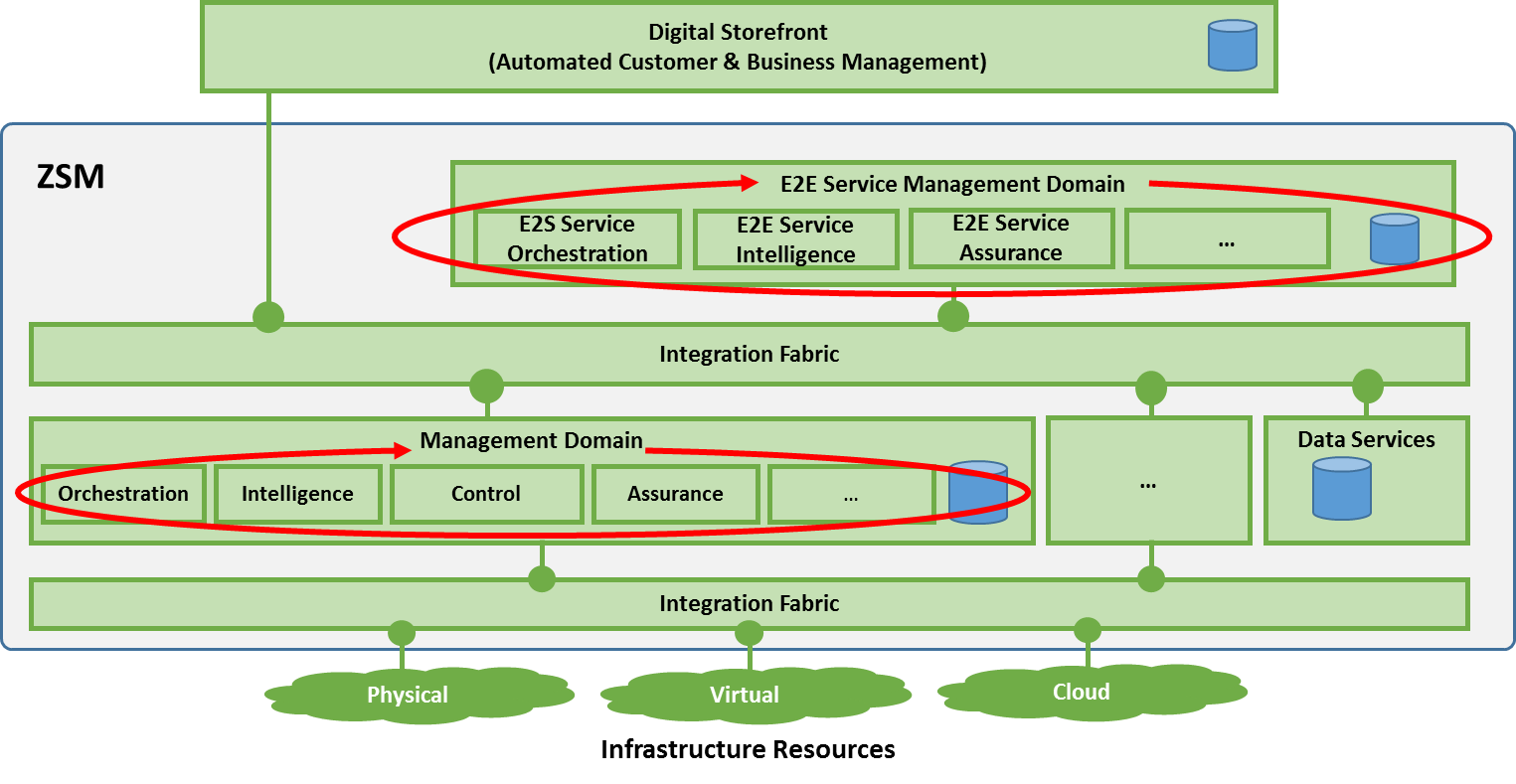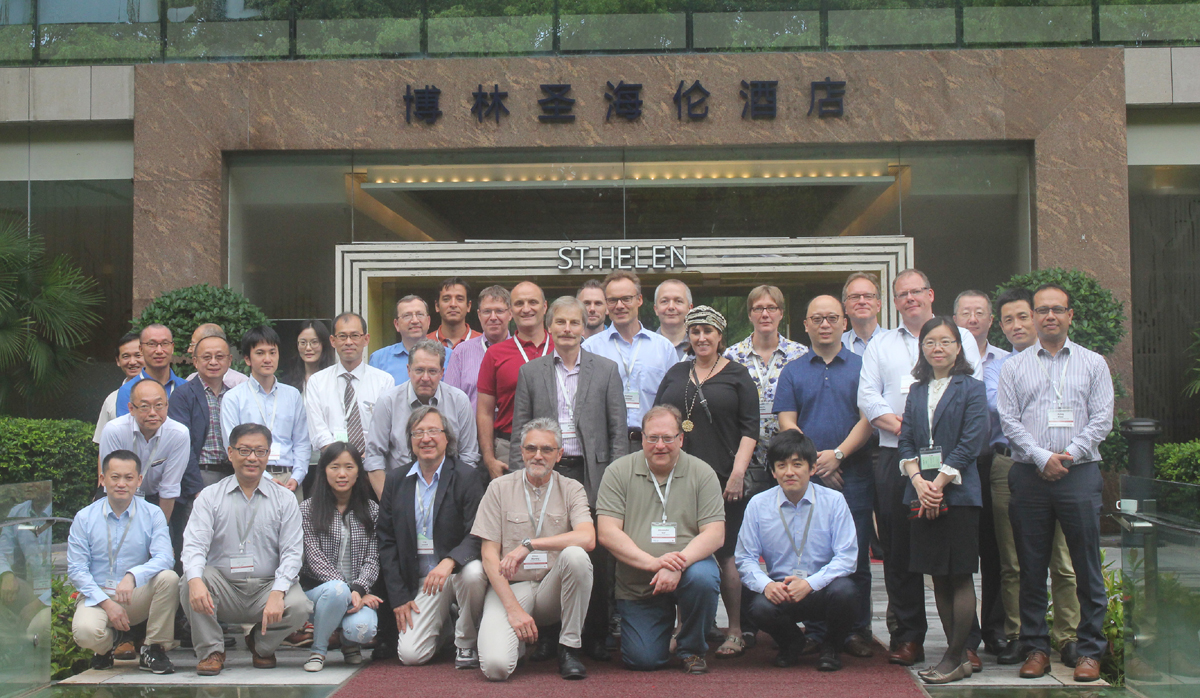Great strides made by technical brainstorming at ZSM#3
The ZSM ISG reached a significant milestone, agreeing on the baseline for the ZSM architecture
The third ZSM meeting was hosted by Huawei on June 04-08, 2018, in the fascinating Chinese city of Shenzhen.
The meeting was particularly special because of the intensive and fruitful ad hoc technical brainstorming that took place during the week, enabling thorough consideration of the requirements, architectural principles and design. By the end of the meeting, the ZSM group had agreed on the baseline for a service-based, end-to-end management architecture (depicted in Figure 1 below). The architecture enables automation at scale and allows all operational processes and tasks – delivery, deployment, configuration, assurance, and optimization – to be executed automatically.
The architectural principles and requirements were agreed on with the aim of shaping the architectural baseline and guiding its further development during the standardization process. The architecture is modular, flexible and extensible. It allows deployments that can be adapted to different volumes of managed entities and/or to various scales of the geographic distribution of these entities. Modules can be independently deployed and scaled. The functional components of the architecture will also be designed for failure – so that management services can cope with failure of themselves and of the infrastructure without or only with modest service degradation.

Figure 1: ZSM Architecture
The architecture supports the separation of management and automation into different areas of concern: network domain management and end-to-end cross-domain service management; both are responsible for fulfillment (orchestration and control), assurance and intelligent automation within their scopes.
A network domain is the scope of management inside an operator that is typically delineated by an administrative or technological boundary (e.g. wireless domain, fixed access domain, IP/optical domain, etc.). Cloud and network resources are managed inside a network domain, including connectivity, physical and/or virtual network functions. Network domain management addresses its own sphere of expertise and abstracts the complexity of the domain resources towards management components outside the domain.
End-to-end cross-domain service management manages end-to-end, customer-facing services and coordinates them across domains.
Decoupling network domain management from end-to-end cross-domain service management prevents monolithic systems, reduces complexity in the entire service and enables domain and end-to-end management to evolve independently. The architecture supports open interfaces as well as model-driven service and resource abstraction.
The architecture allows operational data to be kept separate from the management applications, enabling efficient access to data and cross-domain data exposure (e.g. topology, telemetry data) that can be leveraged by network and service intelligence capabilities (e.g. data-driven machine learning, artificial intelligence and other technologies for automation). The architecture is designed to enable closed-loop automation (connecting assurance and fulfillment processes) at the network and service management levels where the automated decision-making mechanisms (e.g. self-optimization, automated service assurance) can be bounded by rules and policies.
Network and service intelligence, as well as orchestration, are the new battlegrounds for network automation as to a large extent they are replacing human intelligence and knowledge. The architecture enables new levels of agility, responsiveness and efficiency in launching new services at scale.
The draft specification ETSI GS ZSM 002 "ZSM Reference Architecture" is publicly available.
The next ZSM F2F meeting will be in Kista, Sweden 09-12 July.


